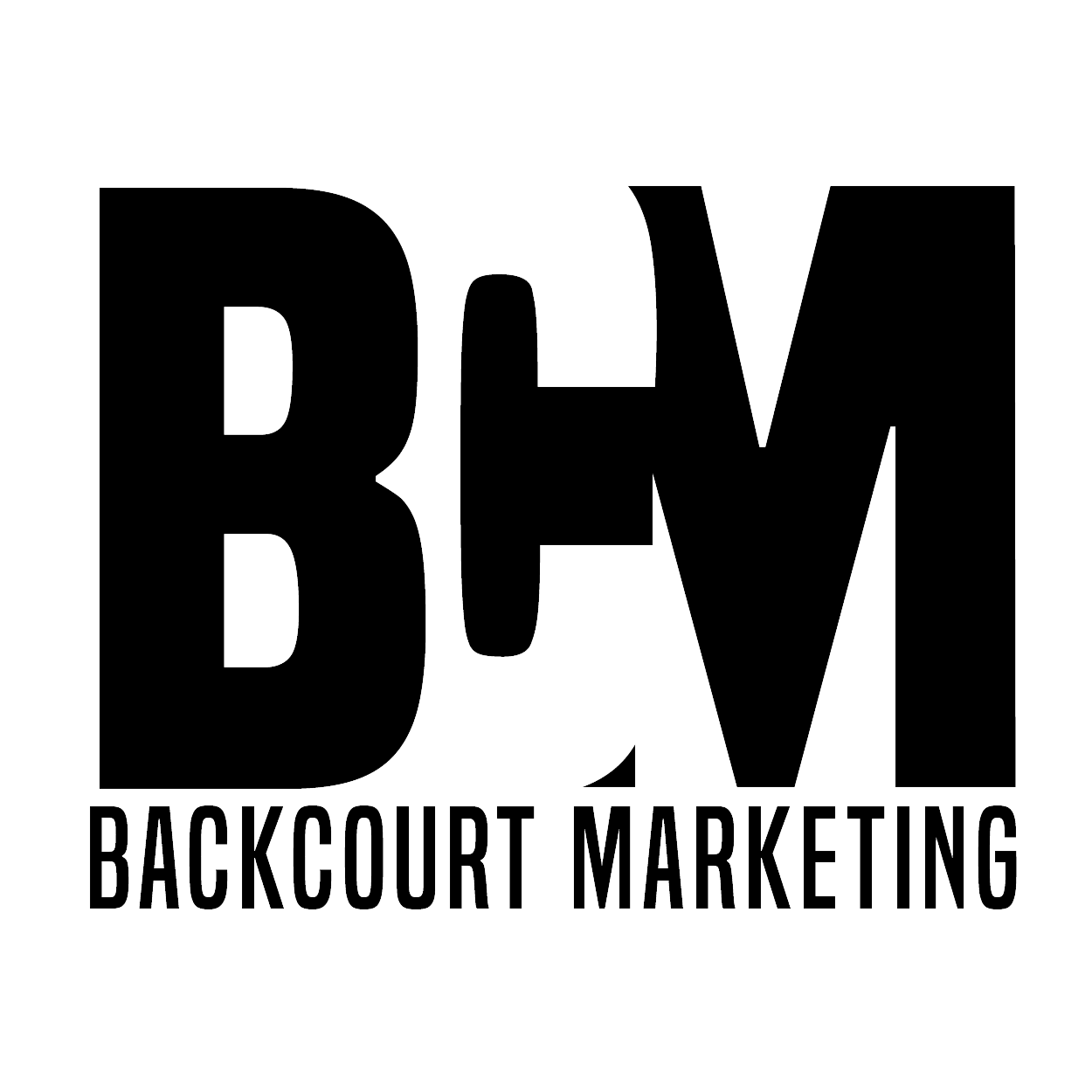Coming to a timeline near you…
The most popular form of celebrity endorsement is just the opposite. The social media world implemented influencer marketing to make paid ads feel more authentic. By putting products into hands of “relatable” people, it creates the “cool factor” without the huge fees associated with stars.
Influencers are now more effective than traditional celebrities in marketing to a younger demographic. The emerging sector of digital marketing grew from $2 billion in 2017 to its projected $5 billion and $10 billion in 2022.
More and more companies acquire these professional personalities because they appeal to the younger audience. However, both brands and influencers alike have felt the wrath of the internet for campaigns that come across as disingenuous and in some cases lead industry shaping legislature.
Influencers tend to have higher user engagement than content generated by brands. The average influencer engagement rate across industry verticals is 5.7%. As a comparison, the average engagement rate for brands on Instagram has fluctuated between 2-3% in the past year.
Authenticity is key for effective messaging. Brands should strive to give influencers enough creative freedom to use their own voice in their posts. Brands should also look to repurpose influencer content for multiple social media platforms. Before you decide to invest in an influencer, evaluate their audience to make sure they will satisfy your business objectives.
Easily the most famous case of shady influencer marketing is the infamous Fyre Festival. Fyre Fest portrayed a luxury music festival, like Coachella or Bonnaroo but for the very rich.
Influencers like models Kendall Jenner, Bella Hadid and Emily Ratajkowski promoted the event on their Instagram profiles. However, they did not disclose that they received money to promote the event.
Long story short, the Fyre Festival failed to fulfill what it promised, several lawsuits were filed and more than $100 million in damages ensued.
The lawsuits named the influencers who helped promote the event for not labeling their posts as paid ads. The lack of transparency led the Federal Trade Commission to require all paid social media advertisements to feature the #Ad or #Sponsored hashtag. This helps consumers determine the intention of the influencer and brand.
While we hope your company never runs into a problem as large as the Fyre Festival, it is important to understand the gravity behind something as simple as putting #ad in the required social media copy. Remember that the internet doesn’t forget.
For all the witty influencer posts, just as many get slack for their disingenuous or overly corny messaging. Follow our tips above, and start expanding your brand to new audiences.

